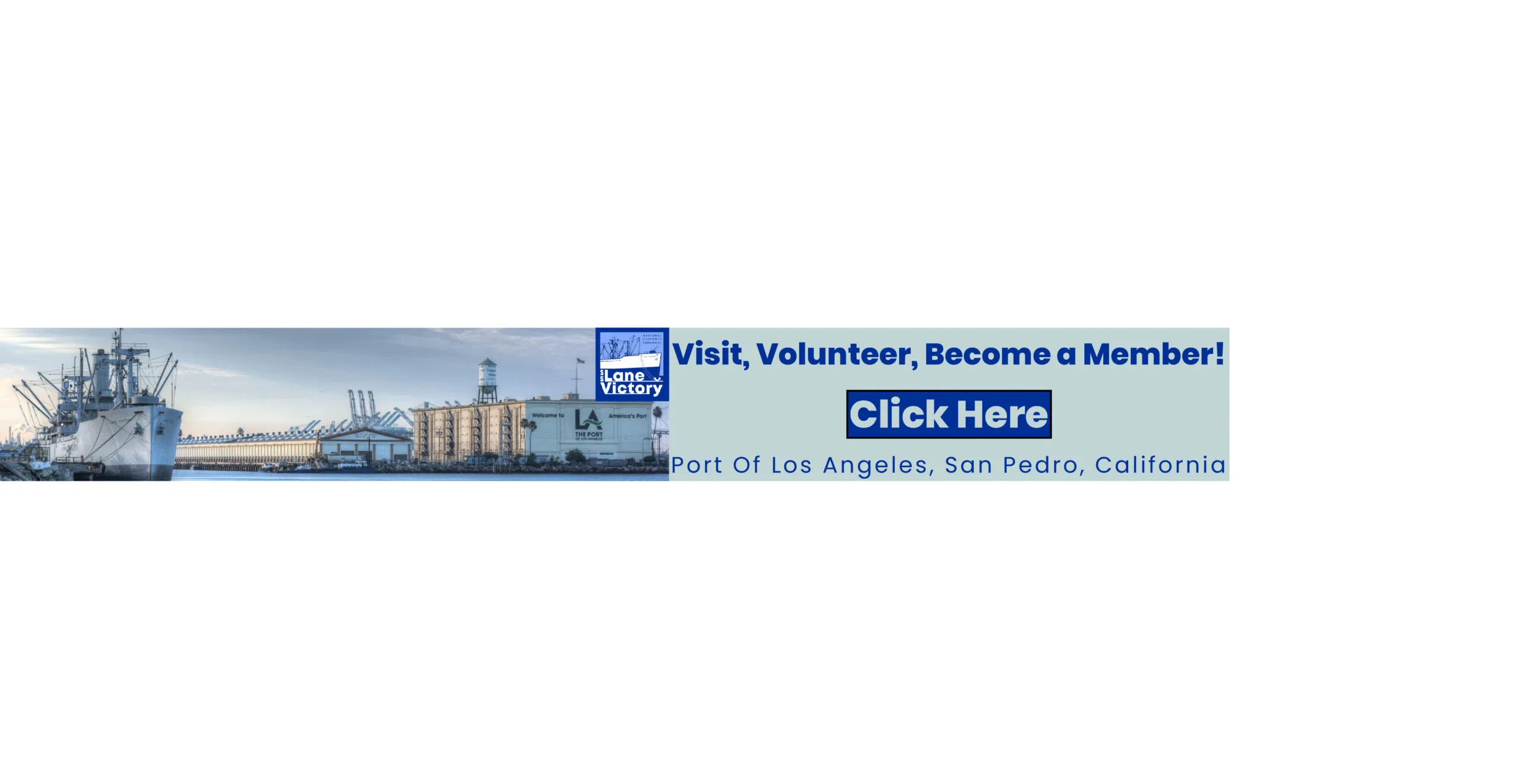
SACRAMENTO — Gov. Gavin Newsom Jan. 7 announced the release of the State Rail Plan, a long-range vision of statewide investments that will create up to 900,000 jobs and a zero-emission, fully interconnected rail and transit network by 2050.
The plan calls for providing mobility to every region of the state by creating a world-class, fully integrated, zero-emission rail network that connects seamlessly with other transportation modes. The network includes intercity, regional, and local transit systems to make traveling by train a more attractive option compared to car or air travel — giving Californians options when it comes to traveling around the state.
The State Rail Plan is a key part of the Governor’s build more, faster agenda delivering infrastructure upgrades and creating thousands of jobs across the state. Find projects building your community at build.ca.gov.
This vision will also benefit communities historically underserved by transportation infrastructure by increasing access to affordable and frequent rail services. The state envisions passenger rail and transit, which combined currently serve only 2% of miles traveled in California, to increase to 20% of all miles traveled by 2050 on a zero-emission fleet. This would shift nearly 200 million daily passenger miles from highways to the statewide rail and transit network, significantly reducing road congestion and carbon pollution.
This plan will ensure goods movement needs are met while pursuing opportunities to shift freight to rail. The effort to build this zero-emission train network throughout California has already begun.
Electrified high-speed rail systems currently under construction will form the backbone of the state’s passenger rail network, which will anchor longer distance trips. The plan identifies priority projects to complete high-speed systems and connect them with intercity and regional rail to expand the reach and impact of the investments.
“This plan builds off California’s commitment to progressing inter-city passenger rail service and advancing mobility, economic and environmental benefits,” said California High-Speed Rail Authority CEO Ian Choudri. “As a foundational part of the state’s integrated rail network, California’s clean, electrified high-speed rail project will connect the Bay Area to Los Angeles through the Central Valley, extending to local and regional networks throughout the state.”
In June 2024, the first self-powered, zero emission passenger train in North America arrived in San Bernardino County and is scheduled to enter service later this year. In August, Caltrain launched California’s first electric rail system on the San Francisco Peninsula, and full electric service along the San Francisco-San Jose corridor began in September.
The plan also aligns with the Climate Action Plan for Transportation Infrastructure (CAPTI), and the California Transportation Plan 2050 (PDF). Along with reducing greenhouse gas emissions, the Rail Plan outlines measures to protect rail infrastructure from climate risks such as sea-level rise, wildfires and flooding to ensure long-term resilience.
The plan envisions a direct capital investment of $310 billion from local, state, federal, and private funding, with an estimated economic return of over $540 billion by 2050. This investment is also expected to create 900,000 full time jobs for construction, maintenance, and operation industries, representing a significant boost to California’s economy. A fully integrated statewide rail network will also improve access to opportunity for Californians without the costs of car-ownership.


